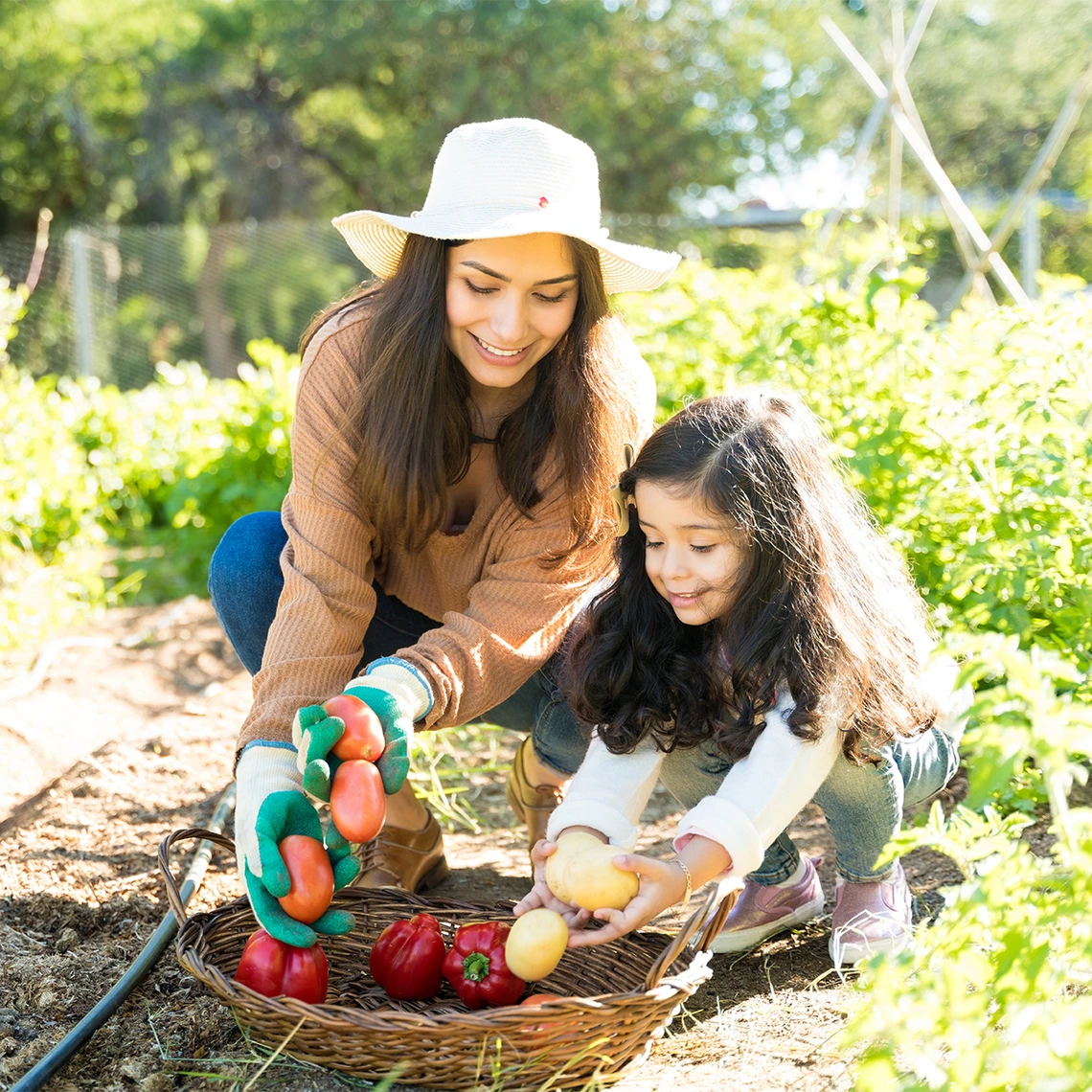Why everyone cares about climate change – whether they know it or not
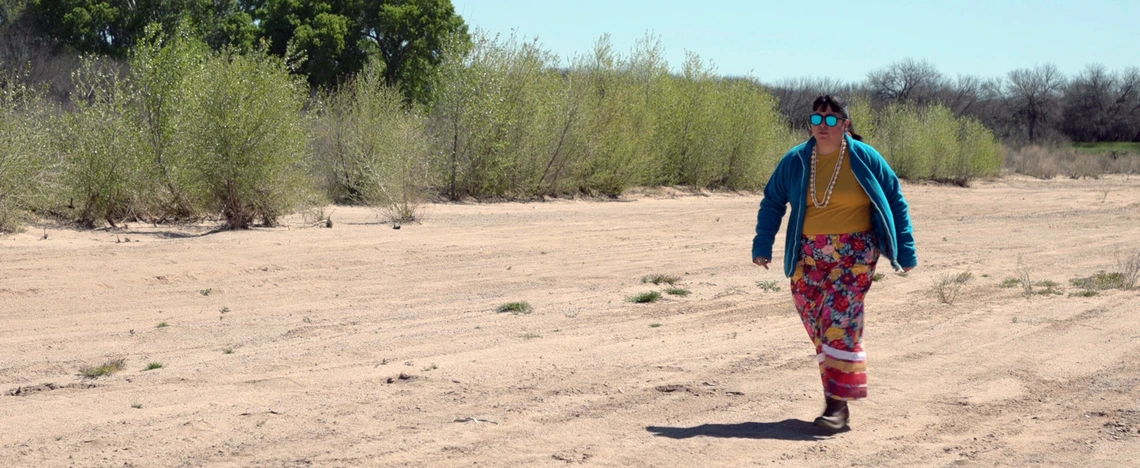
What issues do you care most about? Reflect on it for a few moments. We’re all concerned about some societal issue. Childhood hunger may weigh heavily on one person's mind, while another might be worried about rising inflation. No matter what issue is most important to you, it will be impacted by climate change. Everything will be.
Climate change is often discussed as a broad, global topic, but it's important to recognize how individual lives are affected, including yours. Everything on our planet is connected. As Earth changes we will have to adapt in major areas of life such as health, infrastructure, agriculture, culture, social services, and the economy. Climate change will look different everywhere. In our desert state of Arizona, we are faced with extreme heat and drought.
Losing Culture
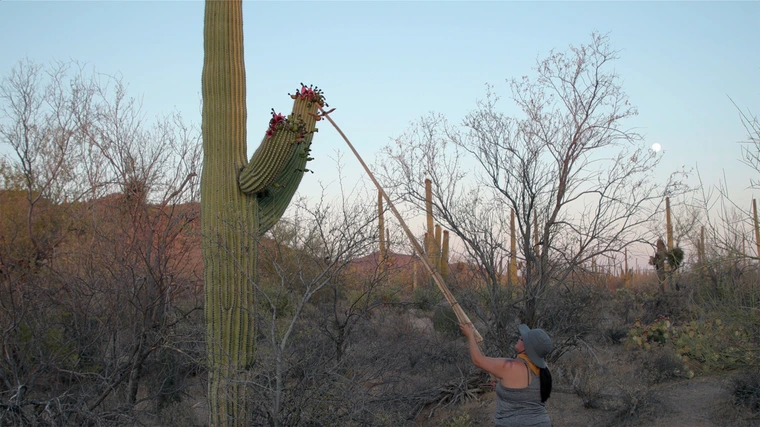
Jacelle Ramon-Sauberan harvesting saguaro
Natural phenomena that our ancestors have celebrated and relied on for generations may not occur in the future. We may lose our sense of home when annual events like the first snow or monsoon season disappear. This prevents the passing of cultural traditions to future generations. This loss is painful for many families, but especially for indigenous peoples whose cultural identities are deeply connected to the plants and animals of their ancestral homelands.
In the first episode of Making Arizona, Jacelle Ramon-Sauberan of the Tohono O'odham Nation shows how her family continues their ancestral tradition of harvesting saguaro fruit. This was practiced by her ancestors for thousands of years, along with other sustainable food harvesting practices. While saguaros are not considered an endangered species yet, scientists in Saguaro National Park have observed that increased temperatures and drought are causing higher death rates for the younger, less resilient cacti12.
Special places that humans have loved for fun, relaxation, or spiritual practices will be irreversibly changed. Glacier National Park will lose some glaciers. We may also lose iconic species like polar bears and sea turtles, and familiar food and drink. Coffee farmers have already seen a decrease in crop yield due to heat (6). In the future, something that you treasure may become a rare luxury, or disappear entirely.
Changing Agriculture
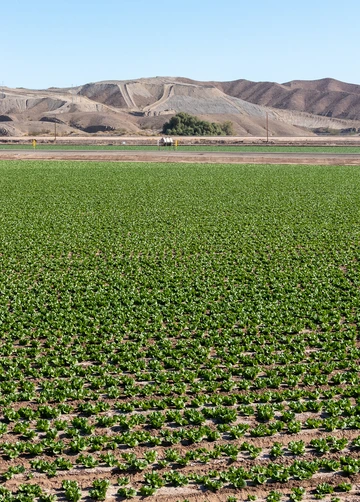
Lettuce crop
Yuma, Arizona is an important agricultural town. It is known as “the lettuce capital of the world,” and provides 90% of the leafy greens sold in the US, as well as other important food products. Last year due to cuts in water supply from the Colorado River some farmers in Yuma were informed they had to cut their water use by 50%, endangering crop production10.
In Arizona over one third of water used comes from the Colorado River9. In the early 20th century southwestern states and tribes formed a legal agreement on how to divide the water between them, but it was based on the expectation of 17.5 million acre-feet of water per year. An acre-foot is the amount of water that would cover one acre of land in water one foot deep. Since the southwestern megadrought began in 2000 the river has produced on average only 12 million acre-feet per year, and it is predicted to decrease more11. Our current water use patterns cannot continue. Agricultural users are some of the first to take cuts because they account for 80% of the river’s use throughout the southwest10.
Many aspects of climate will affect our crop-growing strategy. In cold regions, the increased temperature may actually benefit agriculture, but many regions will become too hot or dry to grow crops they have supported for thousands of years.
While the average global temperature has increased by 2 degrees F since 18507, some areas may become cooler due to shifting weather patterns. Other aspects of weather will shift too, such as some regions becoming wetter, drier, or experiencing more frequent extremes in temperature and precipitation. Extreme weather events can wipe out a year's crop. Another effect is that typical growing seasons may also begin at a different time and last a different length than in the past.
A hidden crisis is also occurring beneath the soil. They may be invisible to the naked eye but soil microbes play a huge role in producing nutritious food for us to eat. Climate change and destructive soil management practices have reduced the diversity of these microbes, which need specific conditions to thrive. Poor soil management has also led to soil erosion, which costs the US $3 billion through loss of soybean and corn crops alone8.
All of these factors could contribute to food scarcity, high food prices, and political instability in the future unless we act quickly to adapt where and how crops are grown.
Extreme Weather and Disease
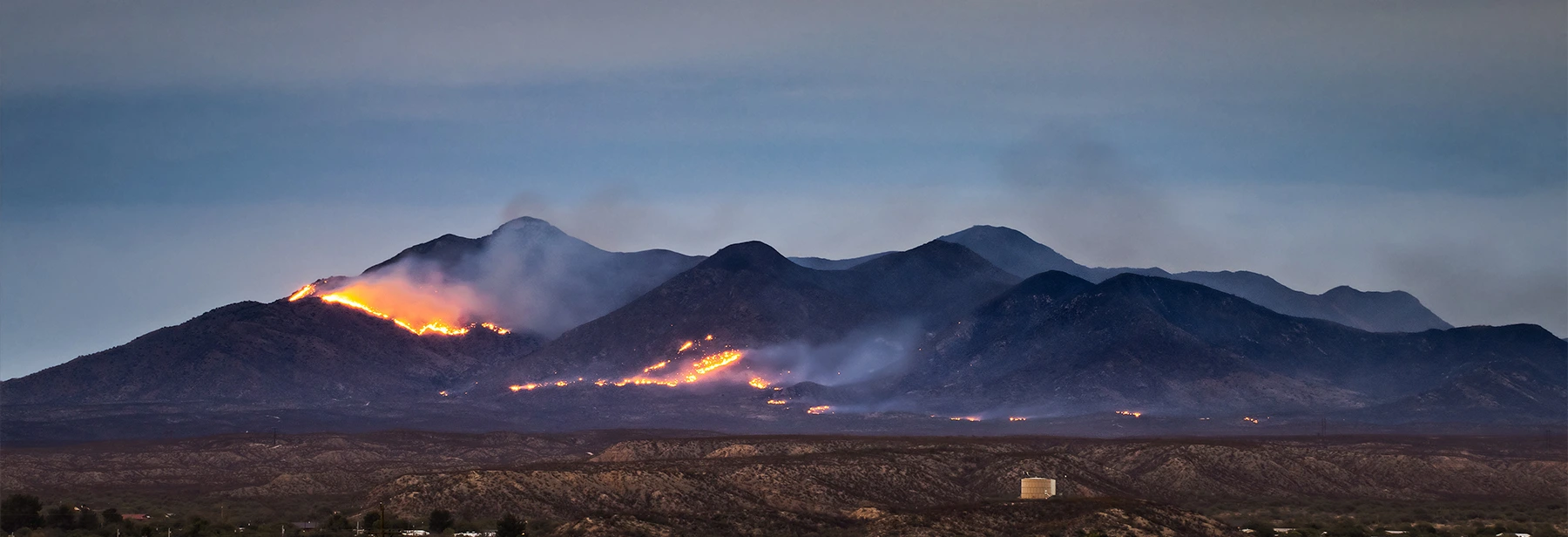
Hurricanes, tornadoes, floods, droughts, and wildfires have all increased in frequency and severity in the past century due to climate change. Unfortunately, this trend will continue. These events cause death, injury, and trauma. In the aftermath of extreme weather, many people must live in emergency shelters which increases the spread of contagious diseases. Living under the threat of disaster also causes strain on our mental health.
Extreme heat is an example of a slow-moving extreme weather event. In 2023, Phoenix witnessed 133 days with temperature highs over 100 degrees4. These record-breaking heat waves are associated with increased hospitalizations from heat exhaustion, heat stroke, and dehydration. A very dry climate is also hazardous because it leads to more dust. Dust is a major air pollutant and in high concentrations, it can worsen conditions like asthma and contribute to respiratory related hospitalizations.
Warmer conditions can also accelerate the production of bacteria and viruses. Bacteria grow faster in warm and wet conditions. Zoonoses, which are viruses that spread from animal to human, also occur more frequently in higher temperatures. COVID-19 is an example of a zoonosis that caused significant destabilization to global society in our lifetimes.
Social Justice
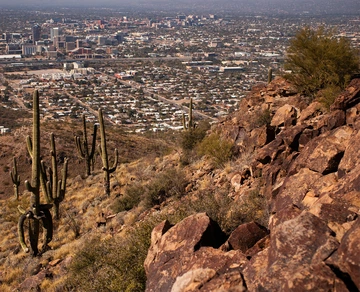
A great injustice of climate change is that the people who did the least to cause it will be most affected by it. There are still millions of people in the world who live in poverty, without electricity. Those people add very little to global fossil fuel emissions but are most harmed by the damage it caused. Wealthy people and countries generally use more energy from fossil fuels, but they can afford to adapt to it.
While a wealthy individual may be able to afford to crank the AC in times of extreme heat, people with less income and less insulated homes may suffer and eventually have to move. Worldwide climate crises such as sea level rise, extreme heat, and desertification will make people’s homes unlivable, and many will have to flee. These climate refugees will need new homes and that will undoubtedly cause political tension.
Many people will be displaced, unemployed, or otherwise harmed by climate change. It will hit impoverished and marginalized groups the hardest. This preventable suffering is a waste of human potential. Individuals who could have used their energy for art, invention, science, or community will have to spend it on survival instead. Future generations will not have the opportunities and resources their ancestors grew up with.
The Economy
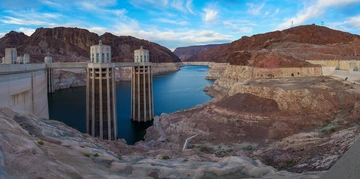
Hoover Dam
The high cost is a frequently mentioned reason to delay the switch from fossil fuels to renewable energy. It's true that the updates to our energy grid and infrastructure are expensive, but the alternative is even more expensive.
Climate change will make our basic needs more expensive. As climate change increases society will face major costs in infrastructure damage from extreme weather, fires, and flooding. This will cripple insurance companies. Injuries from these events combined with other health effects mentioned earlier will also rack up a huge bill, which will increase the burden on taxpayers. If we do not address agricultural problems quickly, crop production will decline. If there is less supply of food but the same number of people needing to eat, the price of this and other basic necessities will rise.
The state of Arizona’s economy was identified as one of the most vulnerable to climate change in a study by Sandia National Laboratory. Some major pain points identified were the financial losses in the agriculture and ranching industries due to wildfire, drought, and heat. Unpleasant rising temperatures make the state less desirable as a destination for travel and living. The decline in snow, river, and lake water affects tourism categories such as skiing and water activities. Extreme weather may repel high-value workers in the tech sector whose jobs are not location-dependent, as well as retirees who were previously attracted to the state in high numbers. High temperatures also raise overall utilities and healthcare costs.
Wildfires are an extremely expensive natural disaster intensified by climate change and the true cost is hard to quantify. More than 2% of Arizona’s land has burned since 198414. Expenses include the cost to fight the fire, the cost to rebuild infrastructure, insurance payouts of destroyed buildings, and damage to tourism while the fire occurs and also for decades afterward. Then there are less obvious effects like the respiratory health issues caused by resulting smoke.
Fossil fuels aren’t a renewable resource and if we continue using them at this rate, we are projected to run out in the next century. We will eventually have to convert to renewable energy, we are just delaying it. This delay is very costly because we are missing chances to mitigate the expenses of climate change.
There is Hope
Learning about these potential futures can be frightening and depressing, but it is important to remain optimistic and focus on solutions. It is too late to reverse all of the effects of climate change in our lifetime, but it is not too late to reduce the severity. Our collective action now can make progress towards a more safe, healthy, and equitable world for our generation and those that follow.
Many experts have developed solutions that will provide us with the energy and products we need without adding more fossil fuel emissions, and many countries and communities have already implemented some. Now large polluting countries like the US need to adjust too.
The majority of the American population is worried about climate change3. Since most of the public has expressed concern, businesses, and politicians are finally working on important changes. Your voice matters. The more individuals demand change, the more decision-makers will listen.
Pick a few to work on at a time! Don’t be hard on yourself, changing habits can be challenging and our society doesn’t always make sustainability easy.
READ OUR INTERVIEW WITH UARIZONA PROFESSORS MARK KEAR AND GREGG GARFIN
References
-
Rising temperatures in tropics to lead to lower coffee yields and higher prices, study suggests
-
Researchers look to solve food production challenges due to climate change
-
Arizona's farms are running out of water, forcing farmers to confront climate change
-
As the Colorado River Shrinks, Washington Prepares to Spread the Pain
-
Climate change threatens the survival of iconic saguaro cactus in the Southwest
-
Economic And Environmental Impacts Of Climate Change In Arizona

